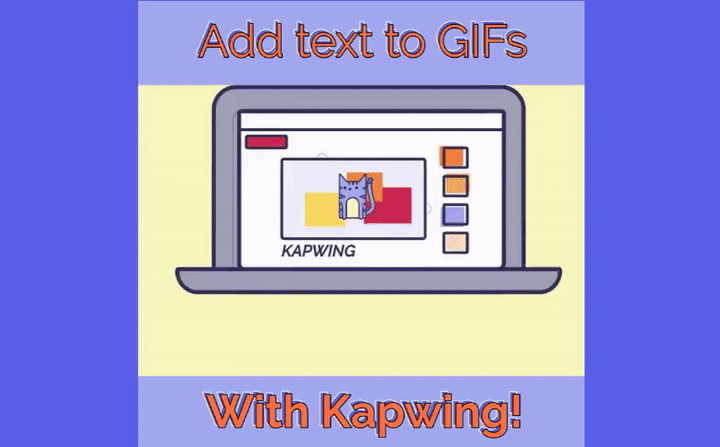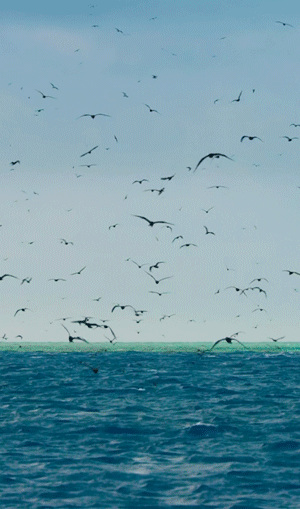

A revolutionary algorithm by developers Abraham Lempel, Jacob Ziv, and Terry Welch (known as the Lempel-Ziv-Welch or LZW algorithm) created a way to compress files using simplified language. But, in 1991, a GIF was also the first color picture on the World Wide Web.

He passed away in March 2022 but surely will always be remembered for his priceless contribution to the internet age.ĭuring the early stages of the internet, transferred GIFs were static images. Using a compression algorithm and specific image parameters, Wilhite created a way of optimizing image exchanges between computers.

Space was at a premium, and color files required huge amounts of memory. Four years before the dawn of the World Wide Web, email was available through hourly subscriptions from companies like CompuServe. The first GIF file was created on June 15, 1987, by Steve Wilhite of CompuServe. These animations simultaneously express both feelings and opinions across digital platforms, and they draw attention in ways that static images and text simply don’t. In 2018, Google acquired Tenor, a popular GIF search engine, after realizing millions of people were looking for GIFs each day.
Adding pictures to gif series#
Developments in the GIF algorithm have made the format synonymous with a series of images that, when strung together, create a looping “flipbook.”Įven though GIF files have been around for decades, they exploded in popularity with the advent of high-speed internet. What is a GIF? How do GIFs work?Ī GIF, or “graphics interchange format,” is a compressed image file that retains all the elements necessary to appear as intended. Google captures the reader’s attention by using a simple GIF image within the context of their messaging and branding to generate buzz about their annual science fair.


 0 kommentar(er)
0 kommentar(er)
